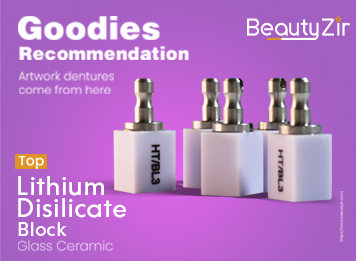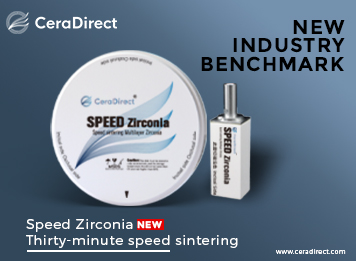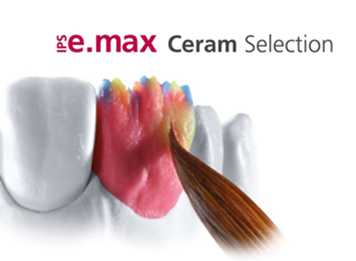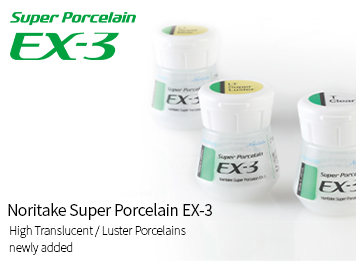
Patient: Li *, Female, 16 years old
Chief Complaint: Referred for orthodontics, requests tooth filling.
Examination Findings:
Inside the oral cavity, a deep carious cavity is observed on the buccal developmental groove of tooth 36. There is a large amount of food debris in the cavity, and probing is insensitive.
Probing reveals caries in the occlusal pits and fissures as well as the mesial proximal surface of the tooth. The probe can get stuck during probing, and the tooth shows the same response to temperature tests as the control tooth.
Tooth 37 has a large occlusal filling. The margin is well-sealed, and no other obvious abnormalities are found.
Treatment Plan:
1. Recommend indirect resin inlay restoration for the patient.
2. Recommend direct resin restoration for the patient.

The patient is young, and there is a defect on the distal buccal cusp. A 200μm occlusal paper is used to record the occlusal points at the ICP position before rubber dam application.

Dentist Park rubber dam and KSK DC-1 rubber dam clamp are used for isolation.

A Dentist Park wedge knife is placed between teeth 35 and 36 to protect the distal proximal surface of tooth 35. A high-speed turbine handpiece is used to remove caries and prepare the cavity of tooth 36.

A Dentist Park dental separator ring is placed between teeth 35 and 36. A slow-speed spherical bur is used to completely remove the carious lesions and open the proximal space.


A Dentist Park proximal polishing strip is used to further polish the mesial proximal surface of tooth 36.

A Dentist Park Teflon film is used to isolate the adjacent teeth. A 27μm alumina sandblasting gun is used to roughen tooth 36.

A Dentist Park Teflon film is used to isolate the adjacent teeth. Bisco BAC 37% phosphoric acid is used for selective etching of tooth 36.

A Dentist Park M4 matrix band, R5 clamping ring, and adaptive space wedge are placed.

Bisco LC indirect pulp capping is performed. The sixth-generation ENA adhesive is applied to restore the mesial proximal surface contour.

Bisco LC indirect pulp capping is performed. The sixth-generation ENA adhesive is applied. Shofu LSA2 color resin is used to restore the mesial proximal surface and buccal contour. Dentsply SDR bulk flowable resin is used to restore the dentin layer.

Shofu LSA2 + A2O is layered and built up.

Ivoclar ochre stain is used for pit and fissure staining.


A Dentist Park polishing disc is used to polish the mesial proximal surface of tooth 36.


A Dentist Park polishing strip is used to further polish the mesial proximal surface of tooth 36.

The immediate postoperative occlusal photograph shows that it is basically the same as the preoperative occlusal photograph. The patient feels no high points.

The immediate postoperative intraoral photograph is taken. The patient is instructed to return for a follow-up visit one week later.
Summary
1. Break before you build. When it is necessary to restore the proximal contact relationship, the proximal contact area should be completely opened during abutment tooth preparation. As the patient has a young permanent tooth and will undergo orthodontic treatment, the occlusal design should follow the preoperative occlusal points.
2. When filling class II cavities, the buccal, lingual, and occlusal embrasures, as well as the directions of the main ridges, pits, and fissures of the tooth should be restored. The natural tooth shape should be restored as much as possible to facilitate food spillage and self-cleaning during eating.




Leave a Reply